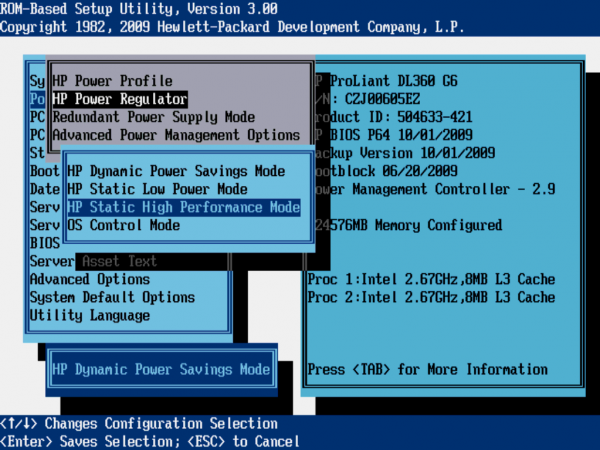Ce este DNS-ul?
Domain Name Server-ul (DNS) este un serviciu de registru Internet distribuit. DNS-ul translatează de fapt (“mapează”) din numele domeniului (sau nume ale maşinilor de calcul) în adrese IP şi din adrese IP în nume. Translatarea numelui în adresa IP se numeşte “rezolvarea numelui de domeniu”. Cele mai multe servicii Internet se bazează pe DNS şi dacă acesta cade, siturile web nu pot fi găsite iar livrarea mail se blochează. Numele de domenii sunt mult mai uşor de reţinut decât adresele IP, dar nu oferă nici o indicaţie despre cum să găsiţi situl pe internet. Acest lucru este făcut de către sistemul DNS, care rezolvă domeniile în adevăratele lor adrese – adresele IP.
O mapare este o simplă asociere între două lucruri, în acest caz un nume de maşină, ca ftp.linux.org, şi IP-ul maşinii (sau adresa) 199.249.150.4.
Un calculator se identifică printr-o adresă, unică în Internet, numită adresa IP a calculatorului respectiv. Totodată calculatorul poate avea asociat şi un nume. Astfel, adresa IP este utilizată la nivelul programelor de prelucrare în reţea. La nivelul utilizatorilor cu acces la mediul Internet, identificarea calculatoarelor se face printr-un nume de calculator host gestionat de sistemul DNS.
Concepţia protocolului TCP/IP este implementată astfel încât schema de adresare permite utilizatorilor şi programelor din reţea să identifice în mod unic o reţea sau un calculator host, atât prin intermediul unei adrese IP (adresa unică pe care o are fiecare calculator cuplat la mediul Internet), cât şi prin intermediul unui nume de calculator host. Evident, protocolul IP realizează o corespondenţă bijectivă între adresele IP şi numele gestionate de DNS.
Structura DNS realizează administrarea unor nume prin care se acordă diferite responsabilităţi de grup, fiecare nivel reprezentând un domeniu.
[mai mult...]




